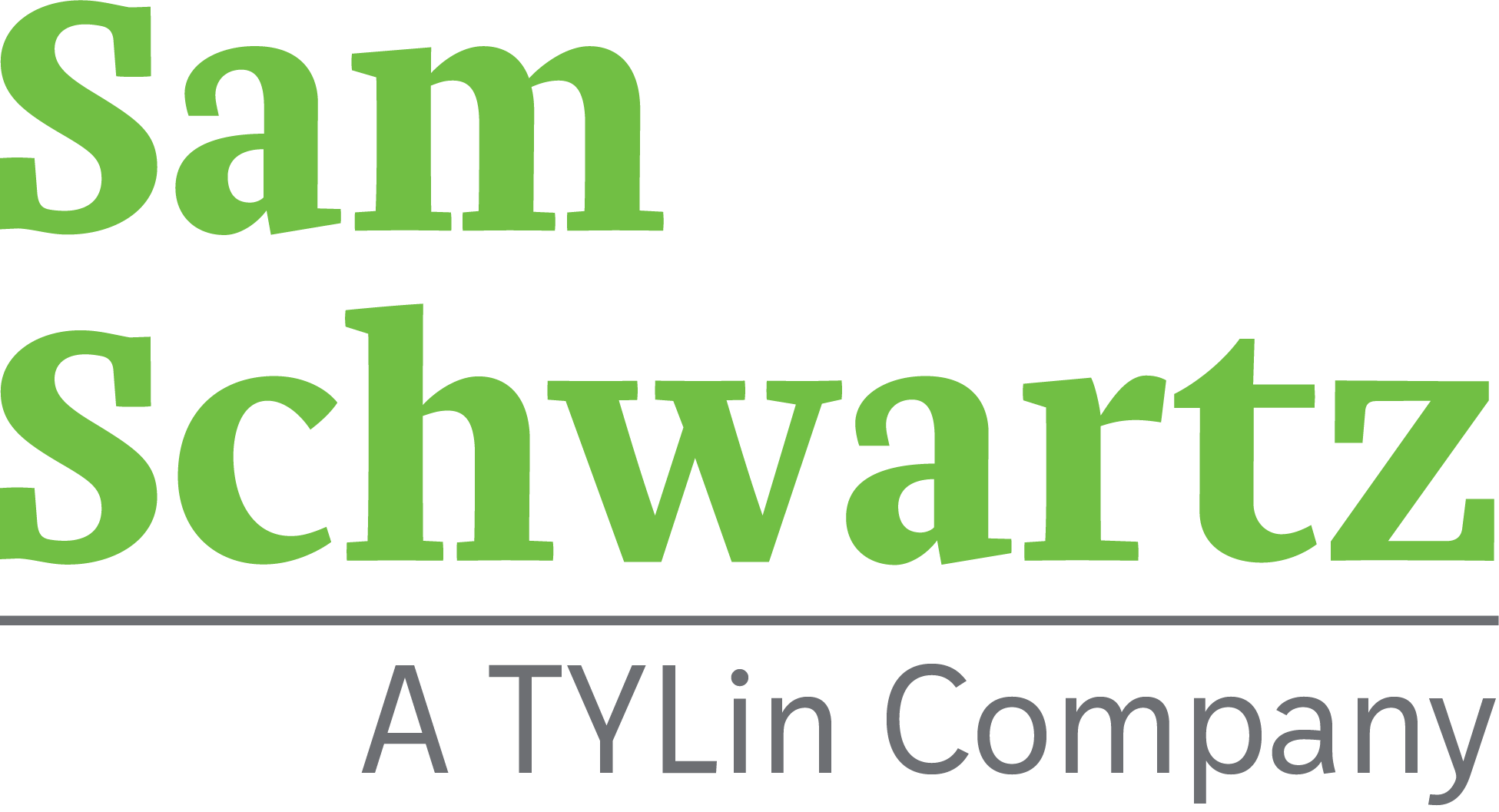Playing in the Streets: Designing Child-Friendly Public Spaces in Newburgh
This post is part of our comprehensive look at how COVID-19 is reshaping the mobility landscape. For more original research, project work, and thought leadership from the Sam Schwartz team, visit the COVID-19 Response + Analysis center.
By Nanette Bourne, Colin Brown, Zeke Mermell, and Christine Prevolos
While the need to physically distance has posed challenges to people of all ages, the lives of children—given the central roles of school and playtime—have been particularly impacted. In response, policymakers are seeking creative ways to safely accommodate learning and physical fitness. How can planners, engineers, and designers contribute to these efforts?
The benefits of interaction and physical activity to children have been well-noted, and an increasing body of analysis shows how urban design can play a transformative role in promoting both. The Center for Active Design’s Active Design Guidelines states that “[s]mall-scale interventions can have a big impact on children’s physical activity.” The Global Designing Cities Initiative’s “Designing Streets for Kids” specifies that child-friendly streets should provide opportunities for moments of play, educational elements, and even programming spaces of different sizes (such as seating, parklets, and plazas) for “children and caregivers to pause and enjoy streets.” From our perspective, many streets could benefit from being thoughtfully retrofitted for people of all ages and abilities, allocating comfortable and accessible outdoor learning spaces and play areas for children and their educators and caregivers.
With these principles in mind, we recently entered Design for Play, conducted by the Design for Six Feet Initiative. The competition solicited ideas for transforming streets in Newburgh, NY to facilitate safe interaction for children. Drawing on the knowledge of our White Plains office, which provides planning and engineering services throughout the Hudson Valley, we developed a concept complimentary to the city’s Rolling Slow Streets initiative and other aspects of the local context.
Our submission, NOURISH>Newburgh, adaptively reuses streets, sidewalks, and public spaces. It provides a kit of easy to implement, low-cost spaces, programs, and activities, designed to connect, engage, and nourish the community. Components are designed to be equitable and accessible for all people of all backgrounds, including those with physical challenges. The kit includes traffic cones (to keep motor vehicle traffic out), portable gardening boxes, supplies to create street murals, a lightweight canopy for shade and a sense of place, equipment for active play areas, and a mobile connection center (for portable classrooms and virtual on-screen adventures). Caregivers would have space in a tent to sit in as they watch over their children. In the summer months, equipment for turning adjacent fire hydrants into cooling stations provides safe spaces for cooling down without barriers to entry.
Crucially, all materials are easily transportable and simple to set up and break down, allowing for highly flexible deployment from portable cargo crates. The kit can be quickly rolled out in conjunction with Newburgh’s Rolling Slow Streets and stored indoors overnight, to be delivered to another Rolling Slow Street the next day.
Our entry along with 70+ others are now available as an online exhibit. As we plan for the Covid-19 era and beyond, we will continue to stay focused on how our streets and public spaces can be safe, sustainable, and fun for all users—including the youngest among us.
The most important transportation stories, direct to your inbox. Subscribe to TransCentral today.



